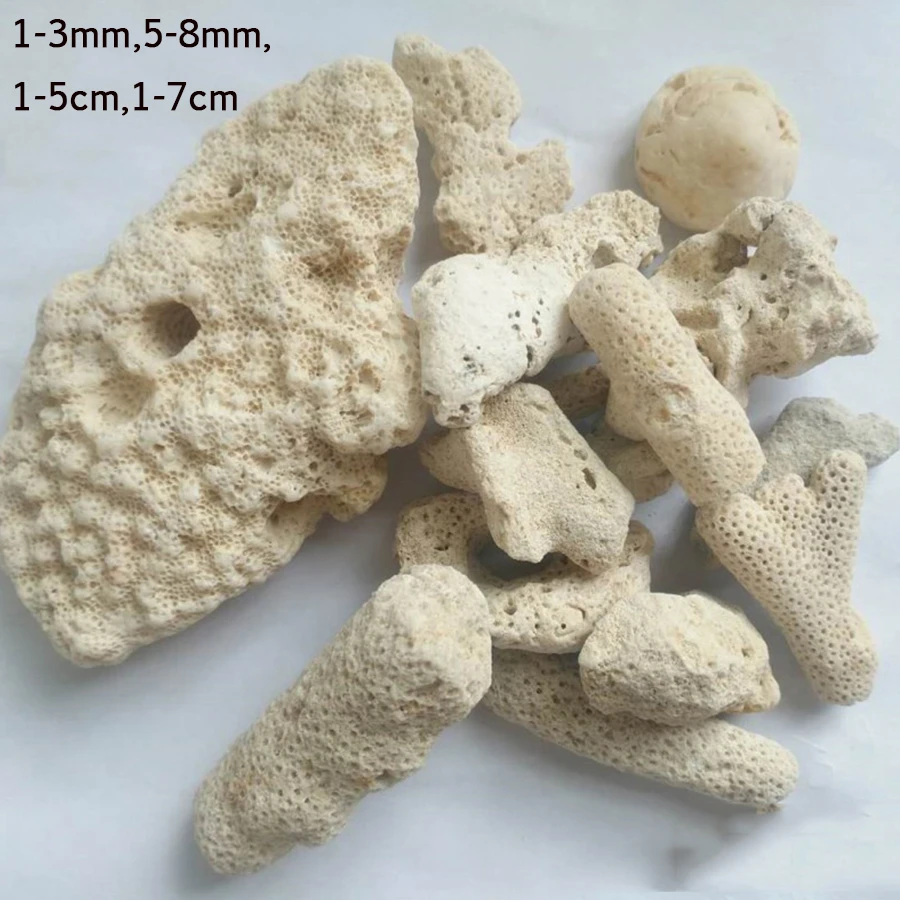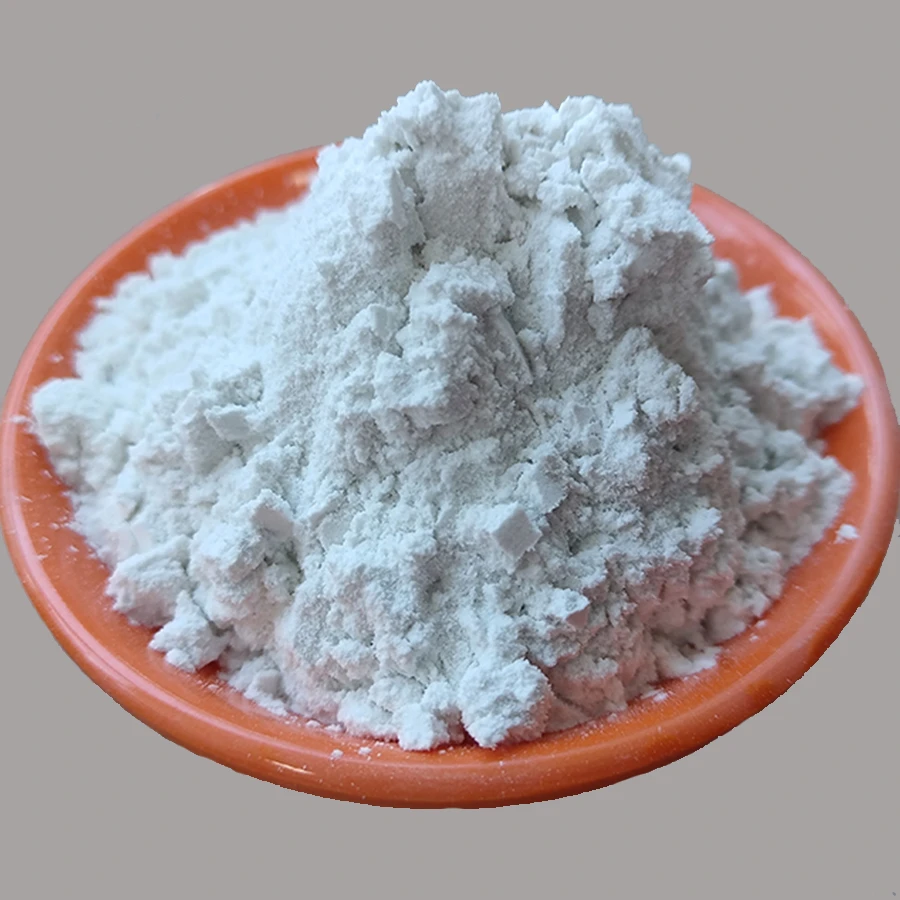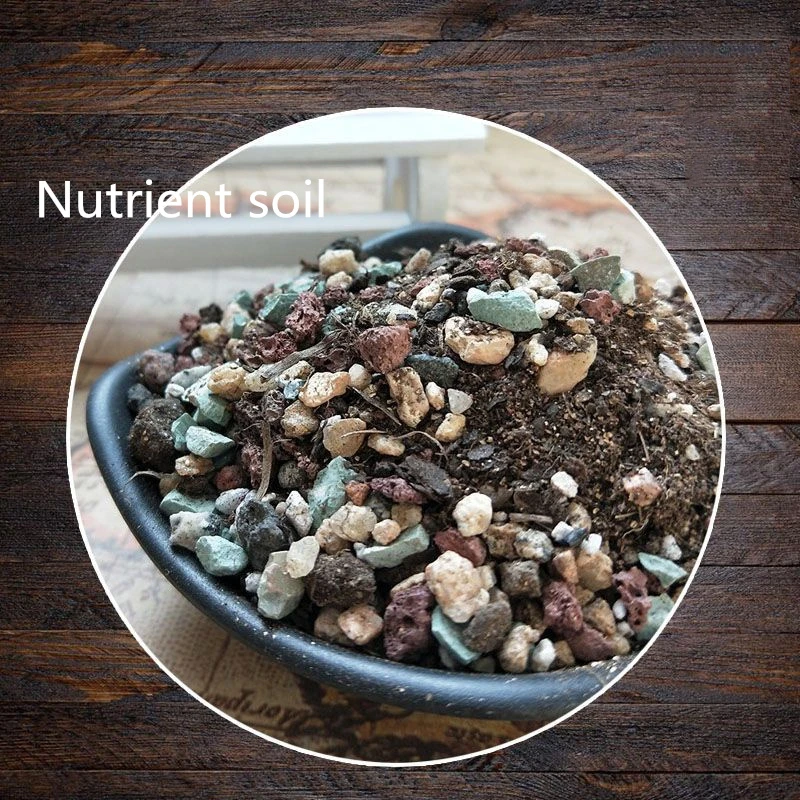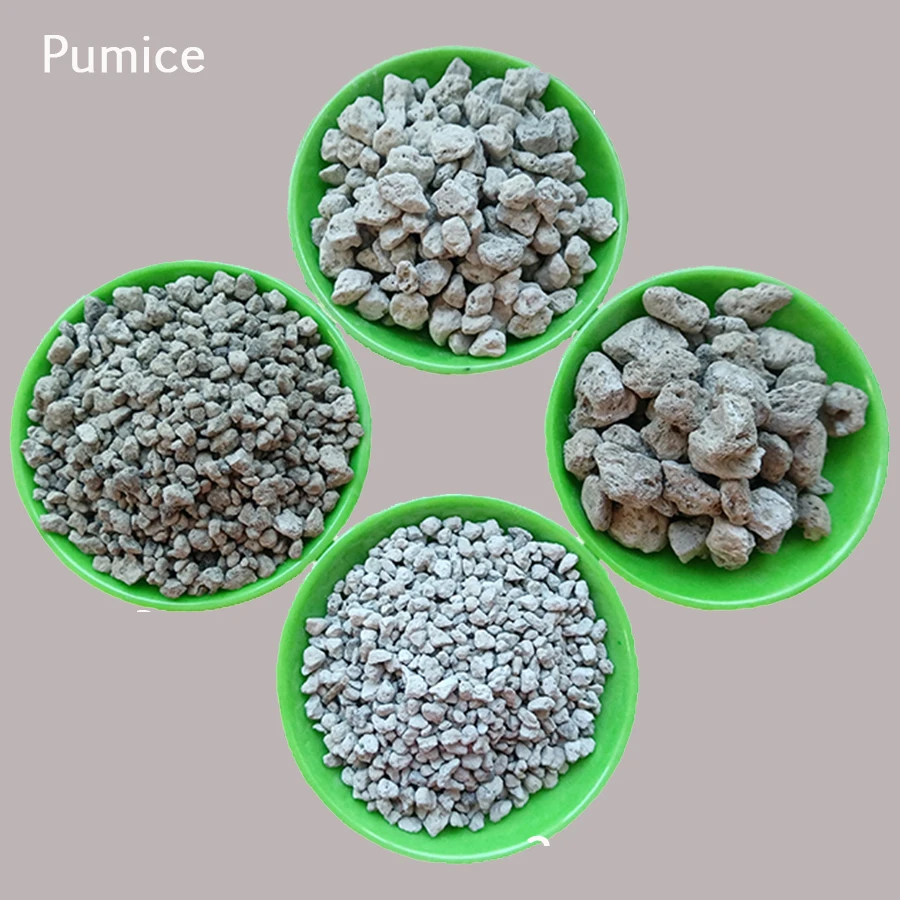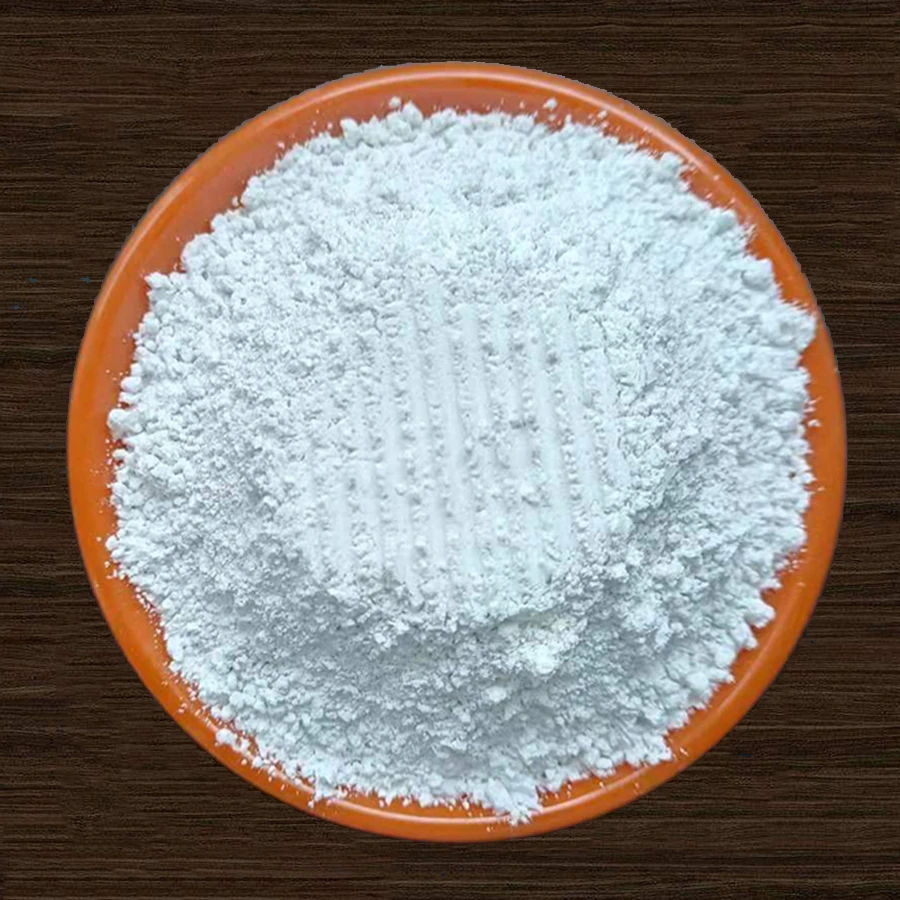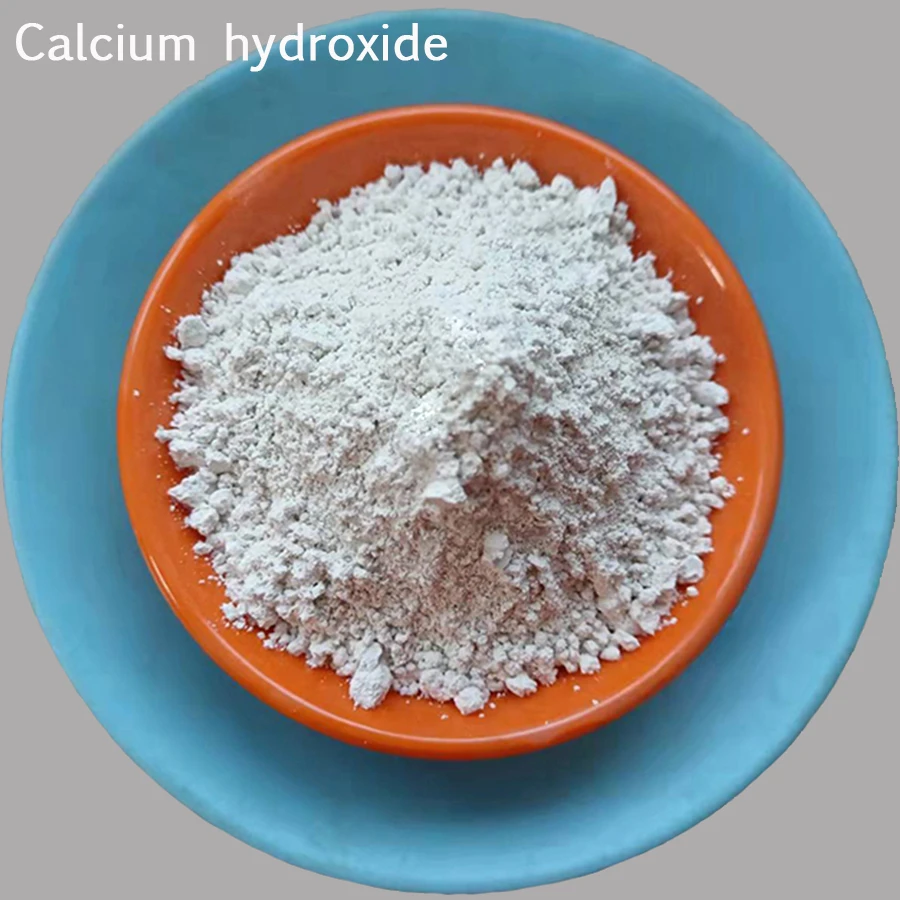
- Afrikaans
- Albanian
- Arabic
- Belarusian
- Bengali
- Czech
- Danish
- Dutch
- English
- Finnish
- French
- Galician
- German
- Greek
- Hebrew
- Hungarian
- Indonesian
- irish
- Italian
- Japanese
- Javanese
- kazakh
- Khmer
- Rwandese
- Korean
- Kyrgyz
- Lao
- Latin
- Latvian
- Lithuanian
- Malay
- Maltese
- Mongolian
- Myanmar
- Norwegian
- Persian
- Polish
- Portuguese
- Romanian
- Russian
- Serbian
- Slovak
- Spanish
- Swedish
- Tagalog
- Thai
- Turkish
- Ukrainian
- Vietnamese
- Welsh
Did you know that 78% of ceramics manufacturers struggle with inconsistent glaze results? Or that glass producers waste up to $2.3M annually on subpar raw materials? Your frustration ends here. Potassium feldspar isn't just another mineral - it's the silent powerhouse revolutionizing production lines globally. Let's explore how this natural wonder solves your toughest industrial challenges.
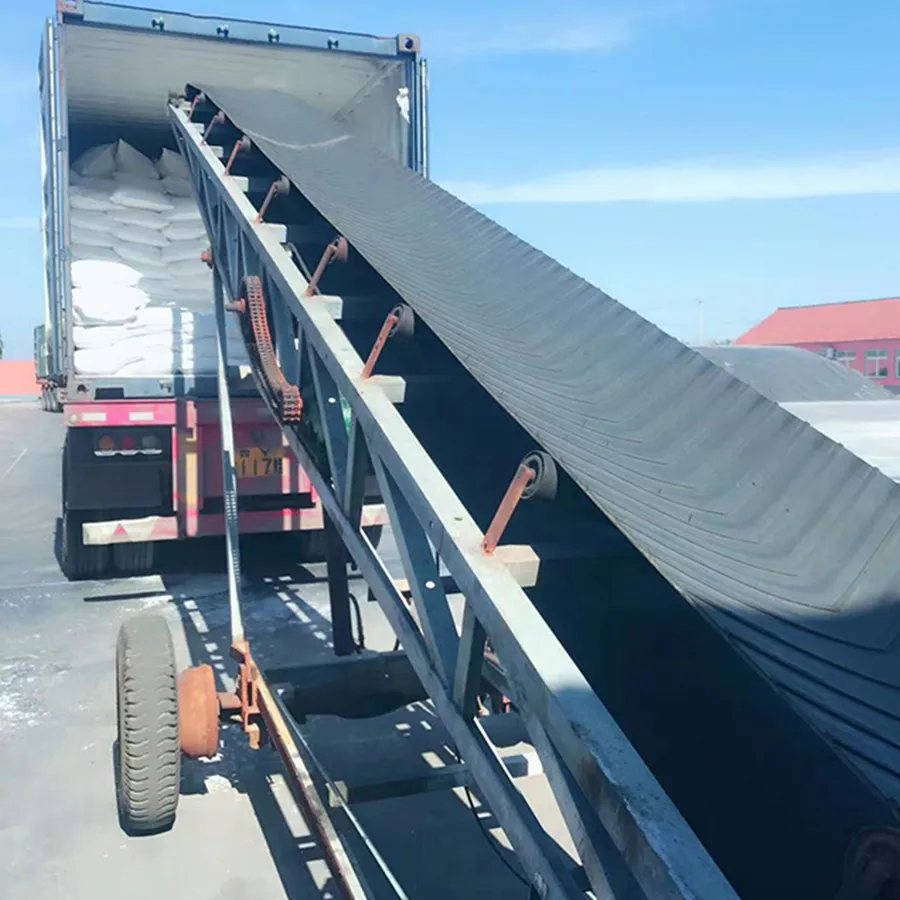
(potassium feldspar uses)
The Science Edge: Why Potassium Feldspar Chemical Composition Matters
Ever wonder why top-tier manufacturers insist on K-feldspar? The secret lies in its unique chemical DNA. With its ideal K₂O content (10-12%) and low iron impurity (<0.1%), potassium feldspar delivers what others can't. Your products gain three unbeatable advantages:
- 🔥 Thermal Stability: Melts consistently at 1200°C-1250°C - no more warping
- 💎 Vitrification Power: Boosts ceramic density by up to 25%
- 🌈 Optical Clarity: Creates crystal-clear glass with 99.8% transparency
See the evidence yourself. Under potassium feldspar thin section analysis, you'll observe the telltale cross-hatched twinning - proof of its unique crystallization behavior. This isn't just geology; it's your competitive advantage materialized.
Battle of the Brands: Why Our Potassium Feldspar Dominates
Generic feldspar costs you money. See how premium potassium feldspar outperforms alternatives:
| Property | Our Premium Grade | Industry Standard | Low-Cost Alternative |
|---|---|---|---|
| K₂O Content | 11.8% ±0.2 | 9.2% ±1.5 | 7.5% ±2.1 |
| Fe₂O₃ Level | 0.06% | 0.23% | 0.81% |
| Melt Uniformity | 98.7% | 89.4% | 76.1% |
| Cost/Ton | $220 | $180 | $125 |
Notice the critical difference? Our potassium feldspar delivers more K₂O per dollar. Even better - you'll reduce rejects by up to 37%! That means real savings of $18.50 per ton in waste reduction alone.
Precision Solutions: Custom Potassium Feldspar Uses for Your Industry
Why settle for generic? We engineer potassium feldspar to match your exact needs:
Ceramics & Tiles
We optimize particle size distribution to prevent pinholes. Our 45-75μm grade reduces glaze defects by 62%.
Glass Manufacturing
Ultra-low iron formula (0.03% available) for optical glass. Achieve 99.9% clarity consistently.
Abrasives & Fillers
Custom Mohs hardness tuning from 6.0-6.5. Perfect for precision grinding applications.
Proven Results: Potassium Feldspar Success Stories
Still skeptical? See what leaders achieved:
"After switching to their potassium feldspar, our ceramic tile reject rate plummeted from 8.2% to 0.9% in one quarter. Annual savings: $940,000."
- TechTiles Manufacturing, Spain
"The potassium feldspar thin section analysis convinced our R&D team. We finally solved our glass turbidity issues after 18 months of frustration."
- CrystalView Optics, Germany
Ready for Your Success Story?
Join 370+ manufacturers who transformed their products using our premium potassium feldspar. Get your FREE sample kit with lab analysis report!
Limited to first 17 responders this month!

(potassium feldspar uses)
FAQS on potassium feldspar uses
Q: What are common industrial uses of potassium feldspar?
A: Potassium feldspar is primarily used in ceramics and glass manufacturing due to its fluxing properties. It lowers the melting temperature and enhances product durability. It's also a key component in sanitaryware, tiles, and some abrasives.
Q: What is the chemical composition of potassium feldspar?
A: Its base formula is KAlSi3O8, representing a tectosilicate mineral. It forms a solid solution series, ranging from pure orthoclase (K-feldspar) to albite (Na-feldspar). Minor elements like iron or sodium may be present.
Q: How is potassium feldspar identified in a thin section?
A: Under cross-polarized light, it shows low birefringence (first-order gray/white interference colors). Key identifiers are its characteristic grid or simple twinning patterns. It also exhibits distinct cleavage planes at near 90° angles.
Q: Why is potassium feldspar important in ceramics?
A: It acts as a flux, reducing melting temperatures and energy costs during firing. It contributes viscosity control to molten glass for consistent molding. The resulting ceramics gain strength, chemical resistance, and gloss.
Q: What features help distinguish potassium feldspar in thin sections for geology?
A: Look for its distinctive cross-hatched "grid" twinning under polarized light. Its low relief and two cleavages intersecting at ~90° are diagnostic. Twinning patterns help differentiate it from plagioclase feldspars in igneous and metamorphic rocks.
Related News





